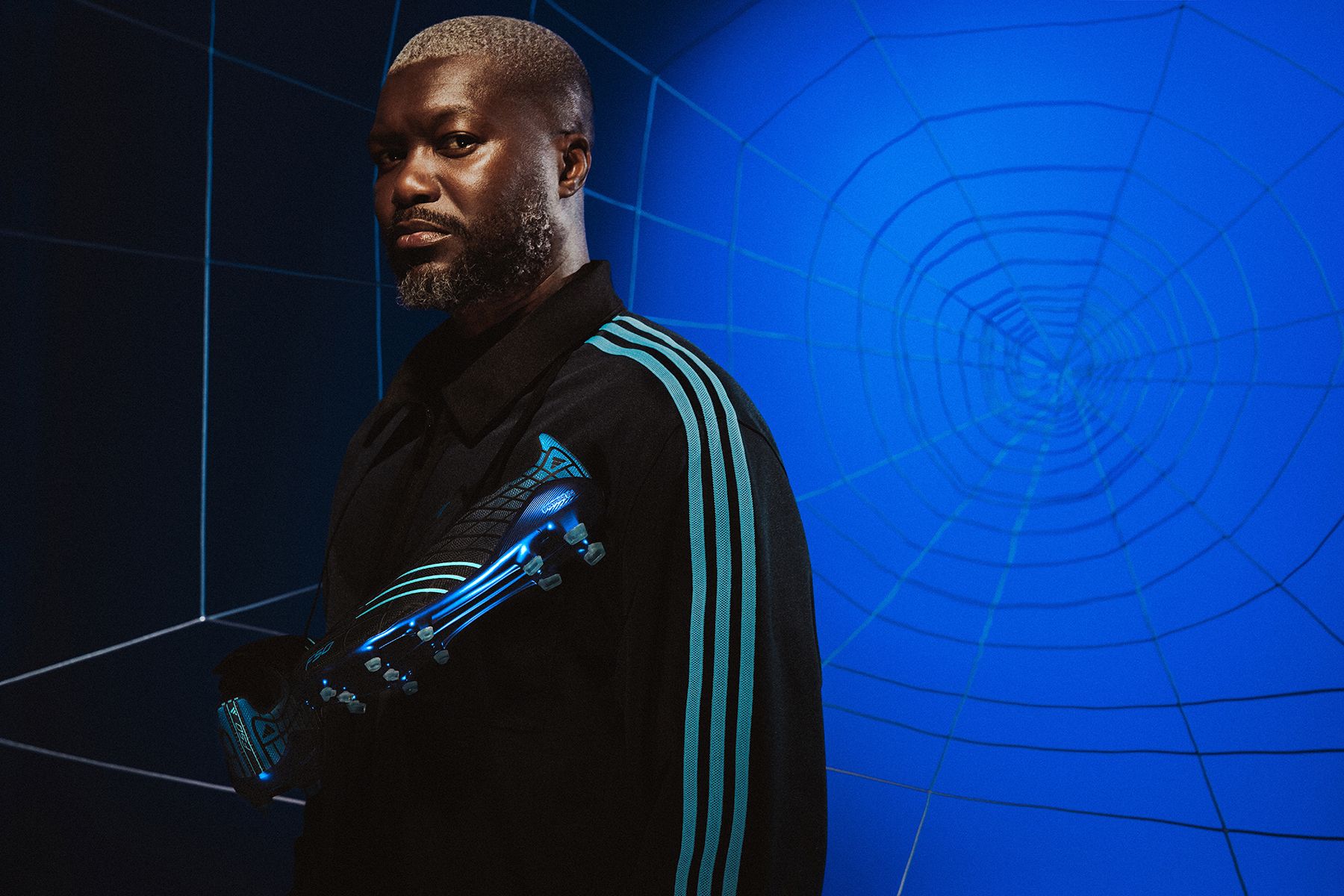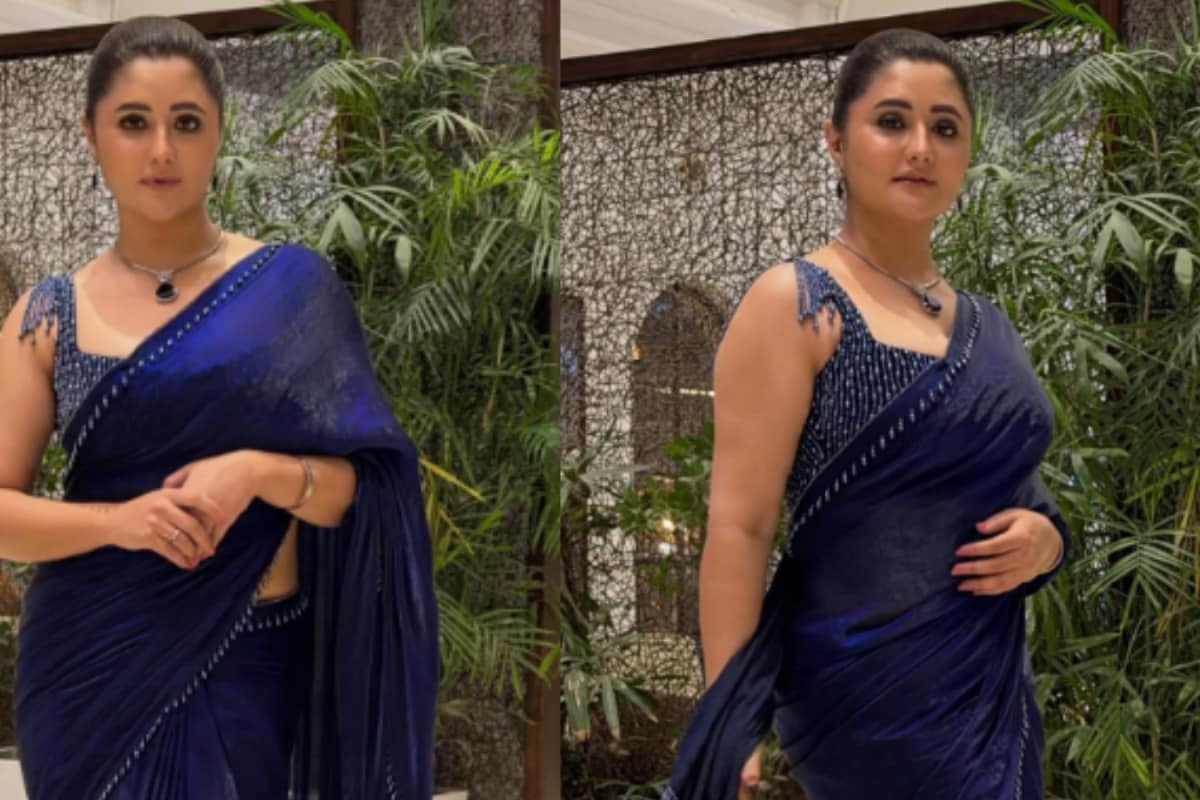To 1950s stargazers, the planet Venus looked like "a forest world where it's always raining", says rock star physicist Dr Brian Cox. We now know that this cloudy-looking neighbour is covered in thousands of volcanoes and hellishly hot. "It's well over 400 degrees Celsius on the surface so lead would melt into molten lead.
The pressure is 90 times the atmospheric pressure on Earth. "The clouds are not beautiful clouds of water but they rain sulphuric acid - concentrated battery acid - so it's about as close to hell as you can get." With over 40 spacecraft currently exploring our solar system, there's no better time for a new TV show about our neighbouring planets and moons, Cox tells Saturday Morning .

In the new BBC series Solar System , he explores environments with acid rain, ice mountains and nitrogen glaciers. While it's easy to think of the other planets in our solar system as just "strange little points of light in the sky", learning about them can teach us a lot about the nature of Earth, Cox said. "Mars and Venus are really similar to Earth so it's almost as if nature's given us this gift of three different experiments that have played out in different ways, and by studying them all we get a much deeper insight into our planet.
" Although Venus now seems an unlikely place for life as we know it, Mars remains a possibility, Cox said, and two very big NASA rovers - Curiosity and Perseverance - are now patrolling the planet's rocky surface looking for signs. "We think tha.

























